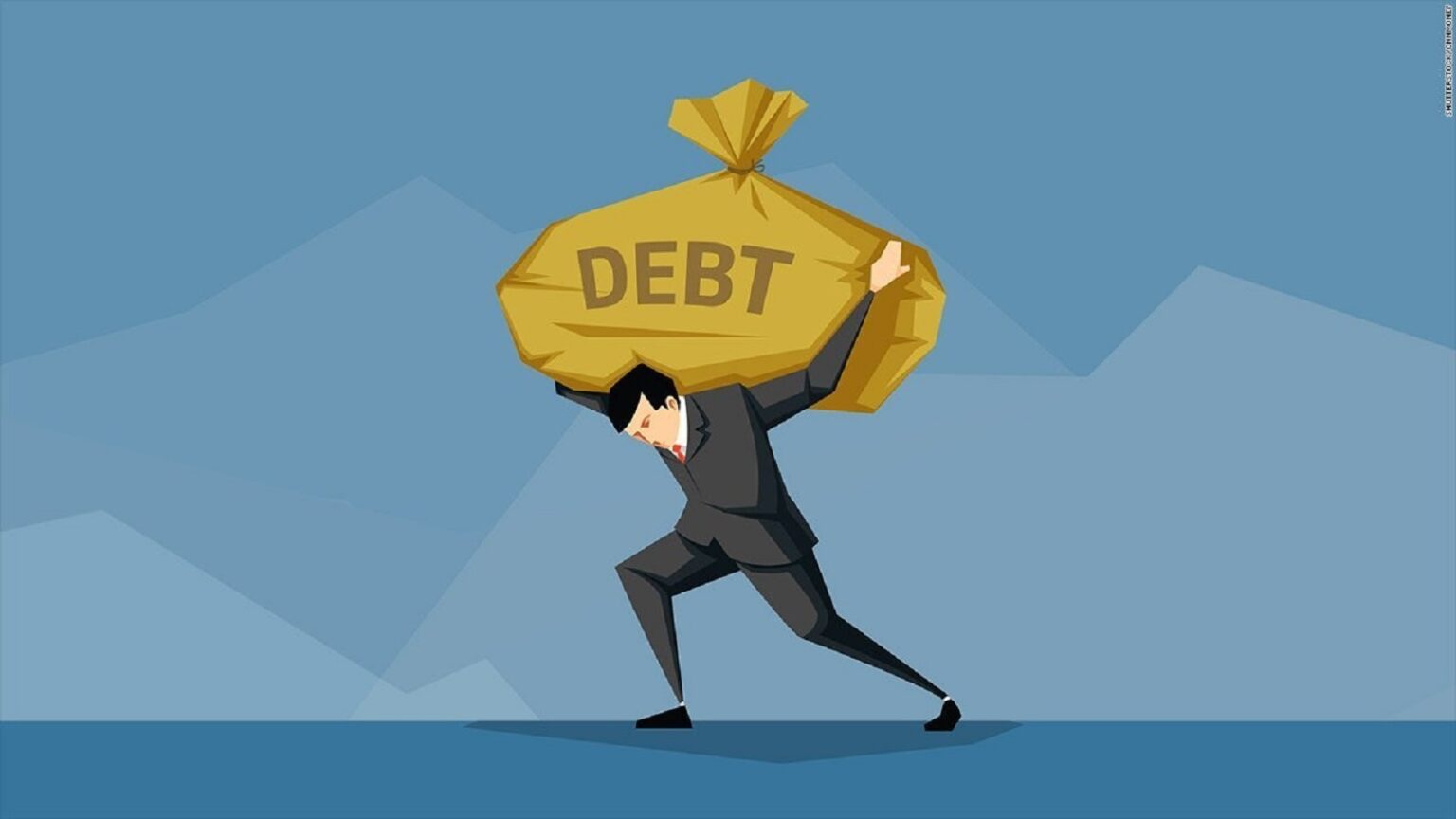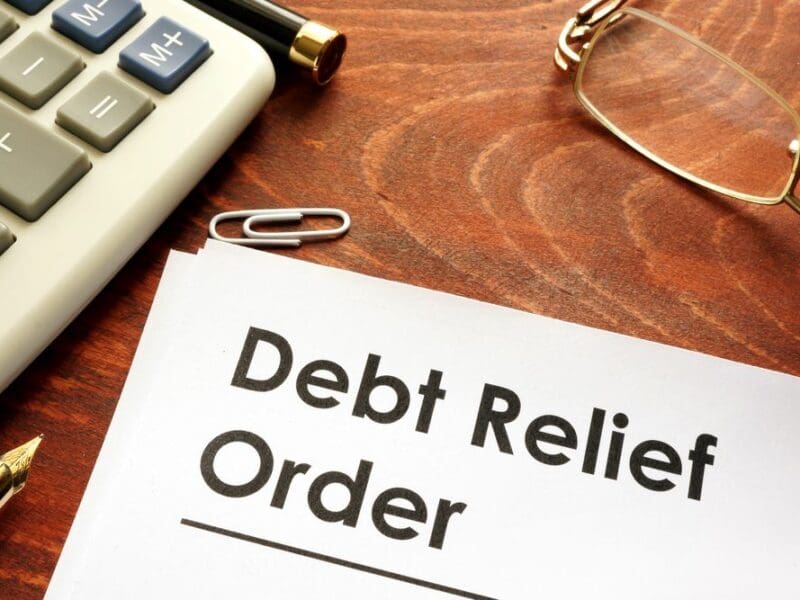
How Much Debt Is Too Much Debt?
Debt is a financial tool that can be both beneficial and burdensome. While it allows individuals and businesses to make important purchases and pursue opportunities, it’s crucial to strike a balance and avoid taking on excessive debt. Understanding how much debt is too much is a key consideration for maintaining financial stability and avoiding potential pitfalls. In this article, we will delve into this topic, exploring various factors and metrics to assess your debt levels effectively. Additionally, we will discuss the concept of debt settlement and highlight the advantages of working with a reputable debt relief company like CuraDebt. CuraDebt offers a free consultation to help you understand your options and determine if their services are the right fit for you. During this consultation, a debt relief specialist will review your financial situation, discuss available strategies, and provide you with recommendations. CuraDebt is transparent about its fees, ensuring you have a clear understanding of the costs involved before proceeding with its services.
Understanding Debt-to-Income Ratio:
One way to gauge how much debt is too much is by examining your debt-to-income ratio. This ratio measures your monthly debt payments relative to your monthly income. As a general guideline, it is recommended to keep your debt-to-income ratio below 36%. If your debt payments exceed this threshold, it might indicate that you have taken on too much debt.
Evaluating Monthly Debt Payments:
Another crucial factor to consider is the portion of your monthly income that goes towards debt payments. If a significant percentage of your income is consistently allocated to servicing debt, it could limit your financial flexibility and hinder your ability to save, invest, or cover unexpected expenses.
Assessing Debt-to-Asset Ratio:
The debt-to-asset ratio compares your total debts to your total assets. It provides a snapshot of how much of your assets are financed by debt. If your debt-to-asset ratio is too high, it suggests a heavy reliance on debt to support your financial standing, which can pose risks in times of economic instability or market downturns.
Examining Credit Utilization:
Credit utilization refers to the percentage of available credit you are using. High credit utilization, particularly above 30%, can negatively impact your credit score and signal an increased risk to lenders. If you find yourself constantly maxing out your credit cards or relying heavily on credit lines, it might indicate a concerning debt level.
Considering Debt-to-Equity Ratio for Businesses:
For businesses, the debt-to-equity ratio is a critical metric to assess the financial health and risk associated with excessive debt. It compares a company’s total debt to its total equity, indicating how much of the company’s assets are financed through borrowing. High debt-to-equity ratios can indicate financial vulnerability and potentially hinder growth opportunities.
Evaluating Monthly Cash Flow:
Your monthly cash flow is the amount of money left over after covering all essential expenses and debt payments. A negative or tight cash flow indicates that your debt obligations are straining your financial resources. This can lead to a cycle of borrowing or difficulty in meeting financial obligations.
Assessing Emotional Stress and Mental Burden:
While debt levels can be objectively assessed using financial metrics, it’s also crucial to consider the emotional stress and mental burden associated with debt. If your debt is causing significant anxiety, affecting your overall well-being, and impeding your ability to enjoy a good quality of life, it may be a sign that your debt is becoming unmanageable.
Understanding the Impact on Future Financial Goals:
Excessive debt can hinder your ability to achieve long-term financial goals, such as saving for retirement, buying a home, or starting a business. If your debt is significantly impeding your progress toward these goals, it’s a clear indication that you may have taken on too much debt.
The Role of Debt Settlement:
If you find yourself struggling with overwhelming debt, it’s essential to explore available options for debt relief. Debt settlement is one such option that can help you negotiate with creditors to lower the overall amount owed. By working with a reputable debt settlement company like CuraDebt, you can receive expert guidance and support throughout the process.
Why Choose CuraDebt for Debt Relief?
CuraDebt is a trusted name in the debt relief industry, with years of experience and expertise in helping individuals and businesses navigate their debt challenges. Their team comprises certified debt specialists and financial counselors who possess in-depth knowledge of debt settlement strategies and negotiation tactics. With their assistance, you can benefit from their insights and guidance throughout the debt relief process. At CuraDebt, they understand that every financial situation is unique. They take the time to assess your specific circumstances, financial goals, and debt obligations to develop a personalized debt relief plan tailored to your needs. Their approach ensures that you receive a solution that aligns with your financial capabilities and helps you effectively manage your debts.
Conclusion:
Managing debt is a crucial aspect of maintaining financial stability and achieving long-term goals. If you find yourself overwhelmed by excessive debt, considering debt settlement as an option can help you regain control of your finances. CuraDebt, with its expertise, customized solutions, effective negotiations, comprehensive services, and transparent approach, emerges as a reliable choice for debt relief. By partnering with CuraDebt, you can take a significant step towards achieving financial freedom and overcoming the burden of overwhelming debt.







